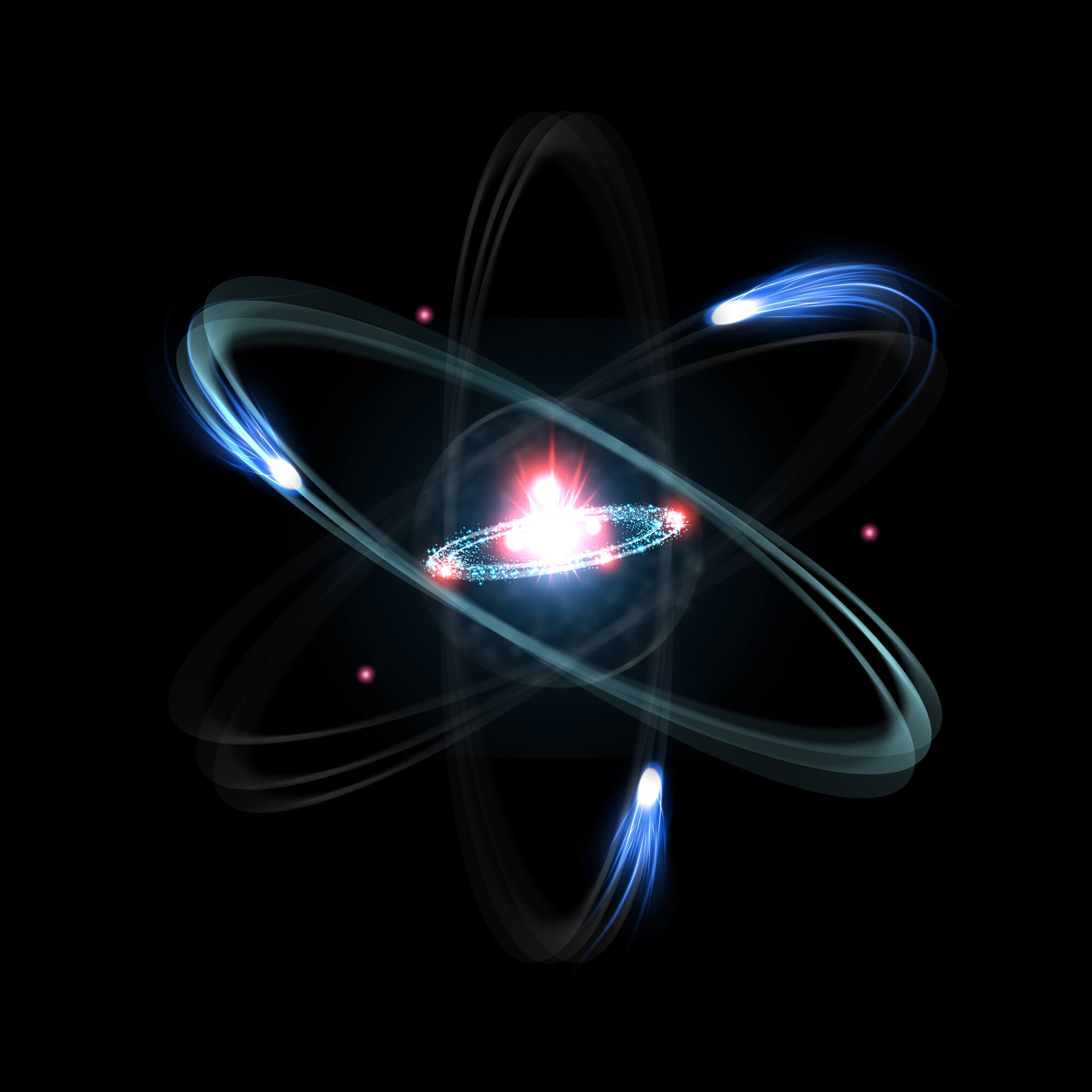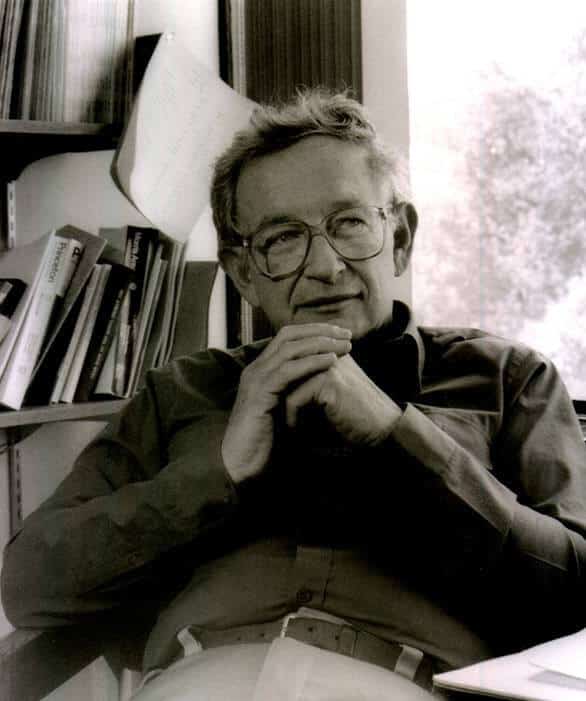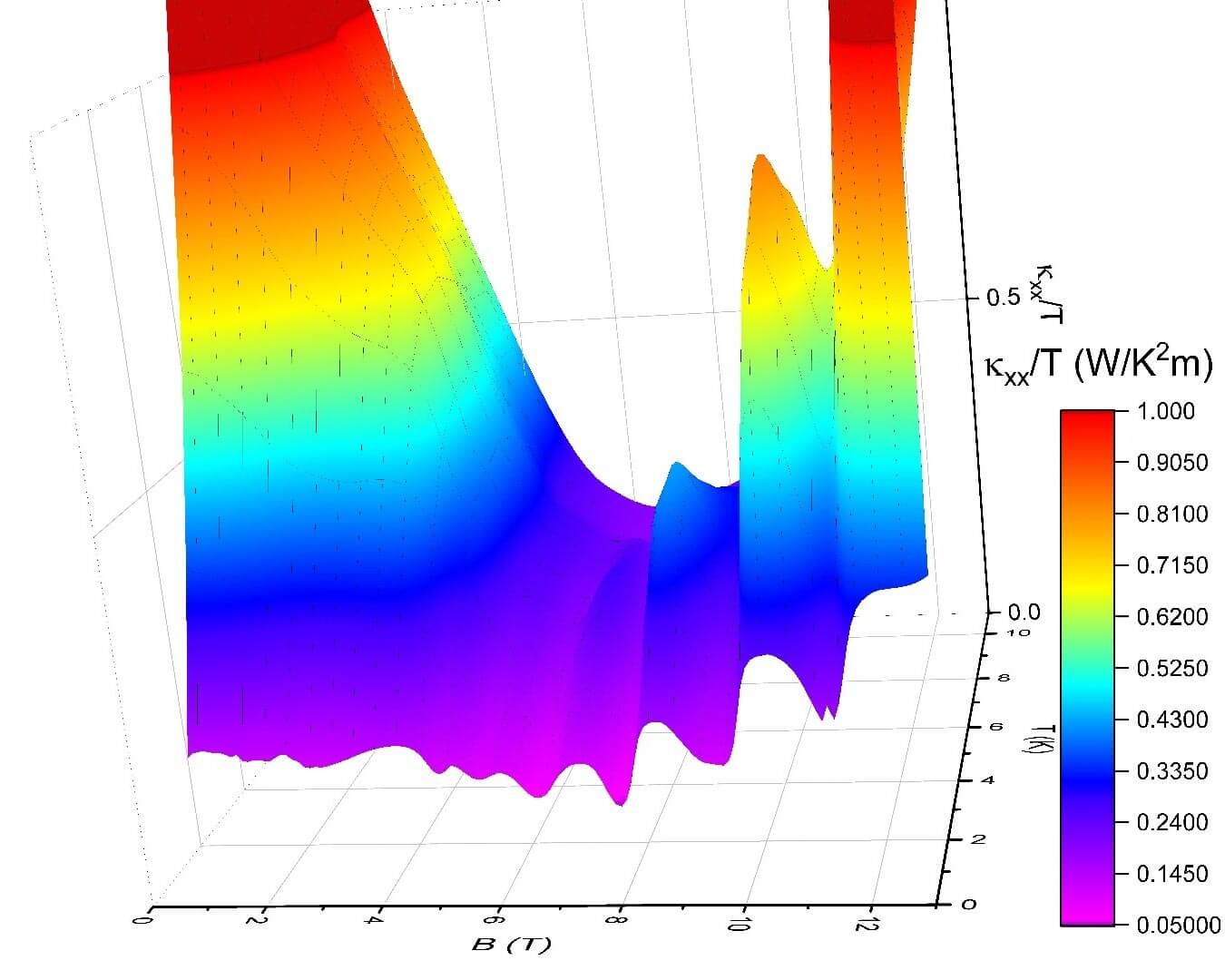in the last week An initial discovery has been published that strengthens the controversial hypothesis that the electron is made up of two elementary particles: one carries the negative electric charge and the other the spin of the electron. If the interpretation is indeed correct, the assumption that is more than a century old may be erased and make waves in the scientific community.

Since the discovery of the electron by JJ Thomson in 1897, the most famous particle in nature has been recognized as an elementary particle. It is likely that there is no physicist in the world who does not consider the electron to be an elementary particle that cannot be broken down. And yet, in an experiment conducted at Princeton University and published in the prestigious magazine Nature Physics, the researchers pointed to a strange phenomenon explained by the controversial argument that the electron is actually made up of two different particles. According to the researchers, one of the particles carries the electric charge of the electron and the other carries the spin charge. "We believe this is the first solid evidence that the spin and the charge are described by separate particles," explains Nai von Ong, a professor from the Institute of Physics in Princeton and one of the authors of the paper.

The physicists from Princeton were influenced by the discovery of the Nobel Prize winner Philip Anderson, who passed away just recently in 2020. Anderson proved that there are unique materials with a phase (or in the everyday pronunciation "state of aggregation") called "Liquid Spin". To understand the nature of the "spin fluid" remember the most familiar states of aggregation in nature: gas, liquid and solid. The states of aggregation are characterized by the atomic arrangement of the material. The lower the temperature, the more the material tends to organize, i.e. organize itself in a crystalline form and solidify. Similarly, the spins tend to line up at low temperatures.
Simply put, spin is synonymous with the internal magnetism of nature's particles, which can be likened to a magnetic bar. For a substance to exhibit magnetic properties, the magnetic north of all the particles must point in a uniform direction. Similar to a solid, at low temperatures the spins tend to align to the same axis. At high temperatures, however, the spins line up in completely random directions. "Spin liquid" is an intermediate stage between these two extremes, the spins are not arranged in a single and fixed direction, but change their axis frequently but coordinated with the rest of the material particles. In this phase, the coordination between the spins expresses multiparticle "entanglement". We note that when the material expresses a liquid phase for the spins, it is not able to freeze their direction, which means that even at temperatures close to absolute zero, the spins behave as a "liquid".

The mathematical description of the spin liquid forced Anderson in 73 to assume that the electron has an internal structure consisting of two elementary particles. One carries the electric charge of the electron and the other contains its spin. Anderson gave the spin bearing particle the name "spinon".
In the current experiment, the physicists looked for signs of the presence of the spinon in a spinor liquid composed of chlorine and ruthenium atoms. To create a liquid phase for the spins, the researchers placed the material in an extreme environment at temperatures close to absolute zero (around minus 273 degrees Celsius) and in the presence of powerful magnetic fields. A thermometer is attached to the ends of the material to test the heat conductivity. Anderson's theory predicts that if spinons are present, the thermal conductivity changes oscillatory as a function of the magnetic field. The oscillations, as Anderson showed, are very weak and therefore require extremely sensitive and precise measurements. In a study that lasted for three years, the researchers from Princeton were able to show fluctuations in conductivity highly consistent with Andersson's theory.
"Physicists have been searching for four decades for signs that would testify to the existence of spinon," said Ong excitedly. "If indeed the spinonic interpretation is correct, the scientific branch will grow wonders".
More of the topic in Hayadan:
- Dancing atoms will serve as bits in quantum computers
- Controlled superfluid on a chip
- New findings present a more accurate picture of electron flow in quantum states
- Accelerator scientists at CERN have developed electron acceleration technology using plasma waves
- Physicists were able to control the movement of electrons in a molecule

10 תגובות
"Electromagnetic waves are waves of passive time that move in a completely restful medium of passive time"
No.
A photo of an atom surrounded by electrons?!
seriously?!
aetzbar You talk a lot but mostly gibberish and nonsense from your fevered mind.
Thanks for the interesting article!
It is not possible for a meaningless word like a particle to be a serious subject for the discussion of the exact sciences.
The exact sciences discuss "measurable quantitative things" such as length, area, volume, time and energy.
Each of these things has a measuring device
A protractor is a simple ruler
There is no need for an area and volume meter
There is a timer and it is a clock
There is an energy meter and it is a simple spring.
There is no sign that a particle is a scientific quantitative concept, so it is impossible to talk about its division.
It is common to say that it is a particle of matter, but matter is not a quantitative scientific concept either.
Particle, matter, infinity, are literary and not scientific concepts
And why is the concept of particles better than the concept of a sequence?
There is no doubt that the particle theory is at the end of its journey, and another theory will replace it.
The new theory will be scientifically accurate, and will deal with "measured quantitative things"
Another interesting article. Thank you Noam, you are doing a good job.
"Until when will we be divided"...
Question asked.
I'm willing to bet that they will discover that the electron splits into more particles which in turn interact with a photon at very high energy levels.
Energy levels of black holes and neutrino stars that create an anomaly in the physics we know, because of high and short-lived energy levels that create unique physical phenomena.
This is currently the title of this article:
"Initial evidence for the hypothesis that the electron is not an elementary particle"
Haven't we heard a sentence similar to the title of this article before?
Here is the similar sentence:
"The ancient Greeks hypothesized that the atom is an elementary particle
(hence its name, i.e. indivisible) but researchers
They discovered that the atom can be divided"
I guess there's just no end to it. Every particle is infinitely divisible,
Even an electron and even if the mass of the particle is zero.
We'll just find out more and more as we dig deeper and explore and our technology improves.
Eli Isaac
Private tutor for c language and more at an academic level
https://eisaak123.wixsite.com/privatelessons
This discovery strengthens my hypothesis that we live in an infinite world.
Infinity at the macro level: that is, the universe is infinite in size and contains infinite objects (e.g. infinite galaxies).
Infinity at the micro level: that is, the more we manage to investigate smaller and smaller things at the micro level, we will find more and more things smaller than them.
Infinity for discoveries, infinity for distances, infinity for time (forward and backward in time), ....
It is also interesting to see symmetry between the macro and micro. A look at the galaxies reminds us of
The atom with the electrons that surround it. Is there perhaps a circle here? Maybe when we go deeper
Very much inside the micro we will go to the macro.
Also in mathematics there are infinite natural numbers (and infinite other numbers).
And in the micro, for example, there is an infinite density of the real numbers (there is a proof that between every 2 real numbers there is a real number).
It's interesting that our brains still struggle with all this infinity that is so natural.
Eli Isaac
Private tutor for programming and computer science at an academic level
https://eisaak123.wixsite.com/privatelessons
To those who doubt the concept of passive time as heralding the emergence of a new physics, this should be added.
An electric current is actually a passive time current.
Magnetic flux is a flux of passive time, in a different geometric form from the form of electric current
Magnetic flux and electric current are two faces of passive time.
Passive time is absolute rest and absolute cold that fills infinite space, and as such it serves as a medium for so-called electromagnetic waves.
Electromagnetic waves are waves of passive time that move in a completely restful medium of passive time.
A very beautiful article, fascinating that you know that it is not necessary to give credits for the pictures you took from Wikipedia, this is the whole purpose of the site. Free use of the information and files there without any acknowledgment of copyright or credits. Fascinating article, it will be interesting to see where it develops.
A particle - was and remains a meaningless word
Is it a particle of matter? But the material is also a meaningless word
The whole particle theory is based on combinations of letters that have no quantitative physical meaning.
Matter is not a quantitative physical concept, and a measure of matter does not exist in reality.
There is a length meter, a time meter, an energy meter, but a material meter does not exist
A physical concept must be quantitative and measured with a measuring device, and matter is not a quantitative physical concept.
There must be a new physical theory, which will answer the question... What is a particle?
The neural theory is able to answer the question... what is a particle?
Since
The two fundamental concepts in Newtonian theory are force and matter
The two fundamental concepts in Einstein's theory are energy and matter
Whereas the two fundamental concepts in neural theory are energy and passive time.
A particle in neural theory is a compressed amount of passive time, and matter is a physical form, created by combining amounts of passive time and energy.
Passive time is a quantitative concept, therefore it is a physical concept just like energy and time.
The new physical concept...passive time... heralds the emergence of new and surprising physics.
Passive time is absolute rest and absolute cold - it fills the infinite space. and does not interfere with the movement of the stars.
Passive time is the medium in which light moves at speed C in all directions.
Passive time is the real time that exists in physical reality, while the active time known to all of us exists only in the human mind.